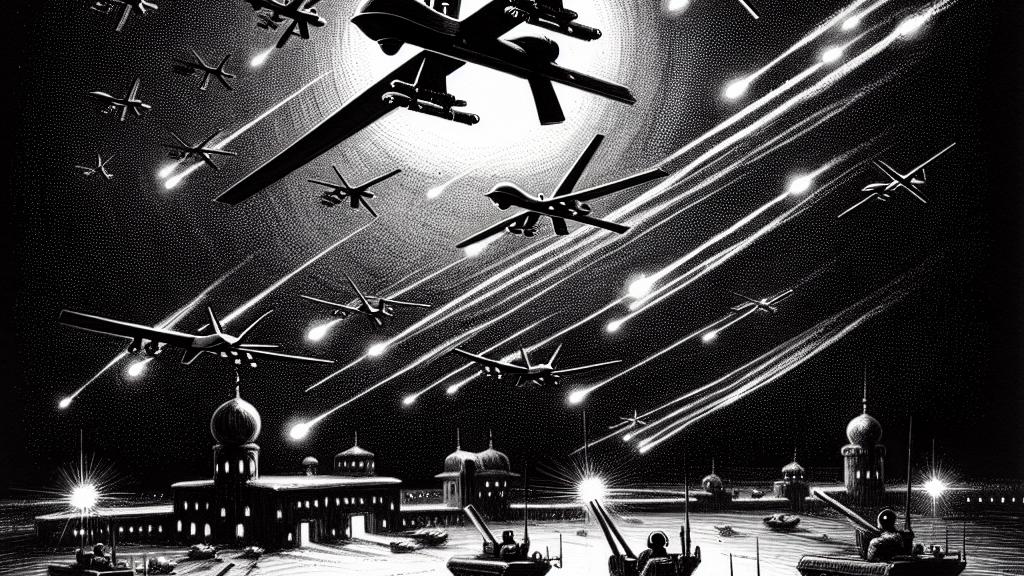Russia Claims Destruction of 30 Ukrainian Drones Overnight
Overview
- Russia asserts it intercepted over 30 Ukrainian drones in a single night operation.
- Targeted regions include Belgorod, Voronezh, and others, showcasing aerial tensions.
- The drone warfare highlights the intensifying conflict between the two nations.

Overview of Recent Drone Attacks in Russia
In a dramatic announcement, Russia stated that its air defense forces successfully downed at least 30 Ukrainian drones during the night, an event that underscores the increasing use of drone technology in modern warfare. These interceptions mainly occurred over southern areas including Belgorod and Voronezh, indicating that both countries are not only engaged in a heated military struggle, but also developing new tactics that could shape future conflicts. The strategic employment of drones, once thought of as merely reconnaissance tools, has evolved into a crucial component of military operations, showcasing their transformative role. The escalating use of these unmanned aerial vehicles (UAVs) signifies a relentless pursuit of technological superiority, further complicating the dynamics of this ongoing war.
Incident Details and Responses
Diving into the specifics, the drone-related incidents reveal a fraught situation on the ground. Notably, Governor Vyacheslav Gladkov of Belgorod reported that a drone strike resulted in moderate injuries to a civilian woman and caused damage to several vehicles, emphasizing the human cost of this conflict. In another instance, drones that missed their targets unexpectedly ignited small fires, fortunately without inflicting injuries on the populace. However, what remains puzzling is Russia’s tendency to disclose only the number of drones intercepted, leaving the actual scale of Ukrainian drone launches shrouded in ambiguity. This lack of transparency fuels speculation about operational strategies and raises critical questions about the objectives guiding both sides. Ultimately, the localized impacts of these drone attacks create a chilling atmosphere, as civilians find themselves caught in a path of escalating military aggression.
The Broader Implications of Drone Warfare
The rise of drone warfare in this conflict bears significant implications on a global scale. As nations grapple with integrating drone technology into their military arsenals, the foundational concepts of traditional combat are being challenged. Take, for example, the cutting-edge Russian S-400 missile system, which illustrates the advanced measures countries are undertaking to defend against the evolving aerial threat. Furthermore, as other global players watch these developments closely, there is a growing realization that drone warfare may redefine military engagements worldwide. This pivotal shift in tactics not only captivates military historians but also prompts widespread discussions on national security strategies. In essence, the Russia-Ukraine conflict serves as a vital case study filled with lessons that could shape the future of warfare and international relations, demonstrating how quickly weapons technology can change the landscape of conflict.

Loading...